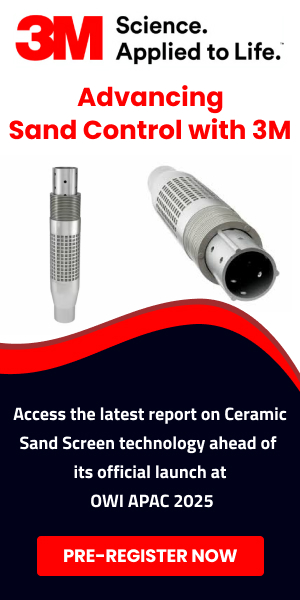Oil field service company Halliburton has introduced 3D reservoir mapping, a new logging-while-drilling (LWD) capability that provides a detailed representation of subsurface structures to improve well placement in complex reservoirs
3D inversion, an advanced reservoir mapping process, reveals overlooked features such as faults, water zones, or local structural variations that can considerably alter the optimal landing trajectory of a well.
In geosteering applications, the technology maximises contact with oil and gas zones while mapping the surrounding formation to identify bypassed oil, avoid drilling hazards and plan for future development.
Lamar Duhon, vice-president of Sperry Drilling, said, “This unique technology moves beyond layered reservoir models to full 3D characterisation of the reservoir, enabling accurate well placement.”
“In complex formations, visualising data in a 3D environment helps operators significantly enhance reservoir understanding to drive better drilling decisions and maximise asset value,” he added.
The 3D capability originates from downhole measurements taken by the EarthStar ultra-deep resistivity service, an LWD sensor that identifies reservoir and fluid boundaries up to 225 feet (68 m) from the wellbore. This range more than doubles the depth of detection of other industry offerings.
An operator in the North Sea recently deployed the 3D capability in a field with a long history of production and water injection. The data allowed the operator to better assess the movement of reservoir fluids and visualise fault boundaries, which supported more accurate well placement and increased production.



